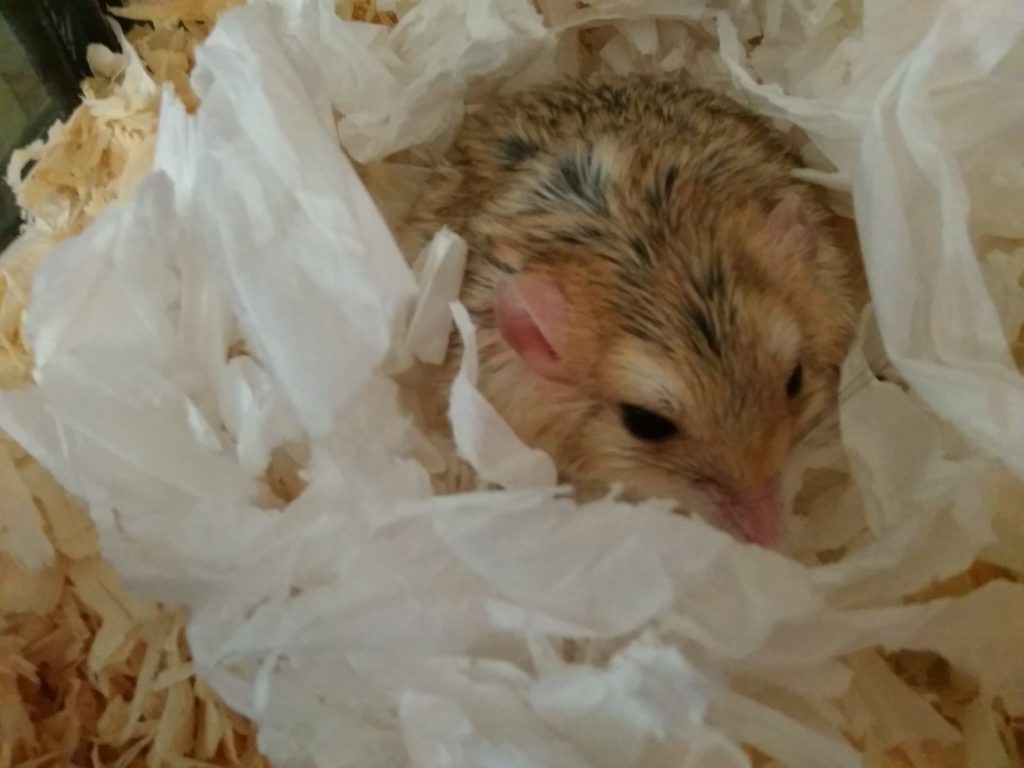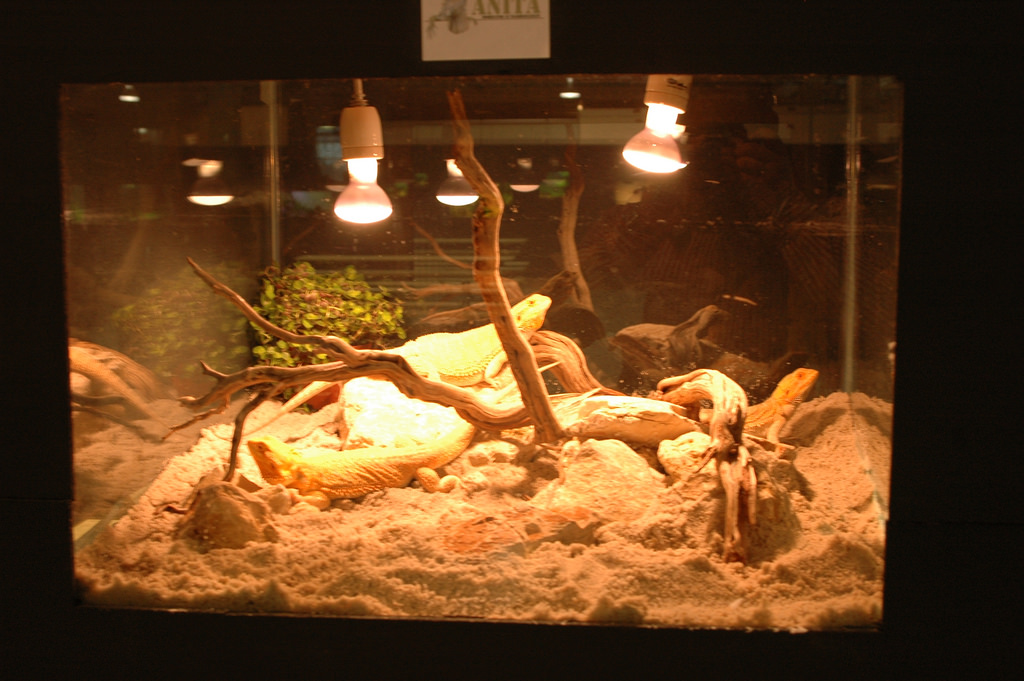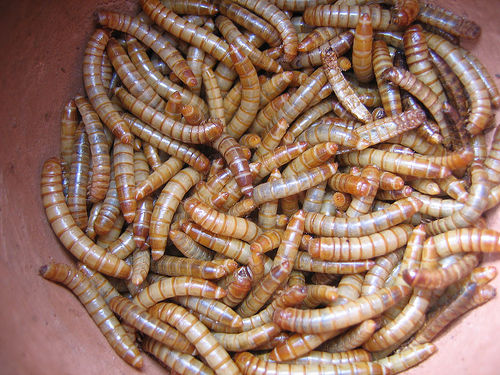After we put our order in for some new doops, we wanted to find out a bit more about them.
Where do they come from originally? What do they like to do? Can they live in a naturalistic environment – and if so what would that look like? What foods do they eat and do they have any known health issues?
So much to learn.
Well here is a snippet of what we found out – not quite a duprasi care sheet, but certainly a start for us all.
Where Do Duprasi (Doops) Come From?
Duprasi (Pachyuromys duprasi) have been in the pet trade for near on 20 years – but actually, they are still pretty much quite an unknown. Originally found in north Africa, these little ones were out there for the likes of us to keep – but they really stayed within breeder and more specialist circles.
We have worked in the pet trade since way back in the 1990s when these were first about – but we had never seen one or heard of anyone having one.
What also didn’t help was that the 2001 Importation Ban on African Rodents in the US just stopped the duprasi trade in its tracks. No more duprasi in America since then – until recently – where there are now a handful of breeders – but regulations are still in place for certain states.
However, they are making a wave in Canada at the moment – so if you fancy a move over there you won’t be disappointed.

They are now found all over Europe too, with such great names as ‘souris a grosse queue’ (French) ‘Fettschwanzrennmaus’ (German) and ‘dikstaartgerbil’ (Dutch) – but there are possibly three different subspecies – most likely two – so we will stick with them: the more recently found Egyptian duprasi (P.duprasi natronensis) and the original duprasi, the Algerian (P.duprasi duprasi).
However, as they come from all across the northern Sahara, we are sure there are more out there anyway, so there could be a certain amount of hybridisation for sure – and quite often people get one of each for breeding so that they know they aren’t related.
Hmm?
Well they are both technically P.duprasi – and can breed together and produce fertile offspring, so we suppose in the pet trade it isn’t so important – as long as they aren’t mixed in the wild.
Anyway, the Egyptian has more of a wide face and the Algerian is more beaky; the Algerian can start as grey in colour as a pup (once thought to be the action of a ‘new’ colour gene but since unproved) but anyway, both end up sort of a soft cinnamonny-brown, gingery agouti or normal agouti on the top and with the standard rodent white tummy underneath (to protect from the heat radiating off the ground in their natural desert-like habitats).

Keeping Duprasi (Fat-Tailed Gerbils) As Pets:
Duprasi are very very easy to keep as pets – and as pets go we really quite surprised that they haven’t taken over from Syrian hamsters as the ‘best pet for kids’. They are very similar in habits to a hamster; same food, same sort of enclosure, easy to handle, soft to touch, can live alone – but they have some advantages.
- duprasi don’t use biting as a defense – but we all know most hamsters love to
- they aren’t strictly nocturnal in captivity – they will come out on and off throughout the day
- duprasi can live a long time – unlike hamsters – doops are reported to live up to 8 years as pets (updated in 2020 as not having found one living past 3 – but still longer than most hamsters)
So far, from talking to doop owners, we can only see them through rose-tinted glasses.
They seem really slow and soppy and easy to handle. We constantly hear from others that they are friendly and like human contact once introduced to it – often falling asleep upside down while having their tummy rubbed.
They are super soft to touch and although their fur can sometimes look a bit greasy or separated, it is long and smooth – nothing a good dust bath or a hay tunnel won’t sort out.
They have the most adorable cat-like or comedy cartoon mouse faces – with a beaky nose and long dark whiskers. With their giant dark eyes and huge low ears – who wouldn’t want to watch them?
They do however have a unique tail (hence their other name of ‘fat tails’) which is the most cute-ist little swollen lump covered in really soft pale ginger fur. Some say it looks like an earthworm, some say it reminds them of a slug – but we think it is what makes a doop a winner in our eyes.
Their tail is also an indicator of good health – so if you are looking at buying your own doop – check out the tail first…

The Best Cage For A Duprasi:
There is a lot of conflicting information on the internet about the best cage for a duprasi – or the best set up for a single doop or a pair (we have heard that any more than 2 doops is unadvised due to their grumpy natures (many doops really don’t like other doops – just like Syrians don’t like other Syrians – and we have all accepted that)).
Most people who have doops tend to go for a cross between a gerbil and a hamster set up – but still avoiding anything too cagey.
Glass or plastic tanks are the most likely to suit your needs and those of the doops – like a gerbilarium or sorts where the bottom is quite solid to hold in all the bedding, and the tops can be just the lid of the tank or a topper of some kind where the doop can walk up (on a ramp not a ladder) into a top section and so be more accessible to our human hands.
These toppers or upper ledges are also really great for putting all the things that get in the way of digging – so the water, the wheel, the dust bath and the food and treats. Seems like a win-win to me.
However, we are also toying with a sort of ‘natural’ version of this for our doops – just like we have done for our harvest mice. Perhaps getting a really wide Exoterra-type enclosure will allow us to have a rocky habitat with compacted dirt/earth/coarse sand substrate base, with reptile-style housing accoutrements within?
We are not sure yet how this will stay warm, so perhaps a heat lamp or something may be needed? Something like below – only more pretty…


Doops are good at scrambling/jumping – just like ordinary gerbils – so either raised bedding, ledges, slopes or shelving would be required to use the full height of any enclosure. BUT – and it is a big BUT – duprasi are quite fragile and quite clumsy – so you really wouldn’t want them falling from any height onto a solid flooring. Something we need to look into more as they are very, very clumsy? Great at climbing up – not so great at staying there?
What Do Duprasi Eat?
We have found out quite a bit about their diet from some great sources, and are glad to inform you that it is super simple. Nothing to worry about if you have kept gerbils or other similar rodents in the past and even easier if you have some now.
They eat standard hamster and gerbil fare – plus a few extras that we give our gerbils, jirds and harvest mice anyway.
They are insectivorous in nature – more so than Mongolian gerbils – and this is given away by their pointy faces and giant whiskers. They just love to eat live food and as a result need animal proteins in their diet whether you feed them live food or not.

Live food gives them a bit of enrichment as well – but we can understand why some people wouldn’t want to feed live – and luckily you don’t have to!
Alternatives include cooked meat, eggs, dried or wet cat food of any type, premium extruded dog food, insectivorous bird mix or wet or dry hedgehog food (wild or pet).
They don’t need to be overdosed on meat proteins – but it is a key part of their diet that shouldn’t be missed out. Oh, and we found these great shrimp cakes from Rosewood that everyone just loves too.
Duprasi 101 – A Care Summary:
Well, apart from learning their new behaviours, looks like we have everything in place for the little ones – mainly because we currently have pets with similar needs already.
We will start them off in a smaller set up that they will get once settled in so we can get to handle them a bit more and get a really close look at them and their cuteness.
Looks like we are going to have a great time seeing what they like and what they do – and we will keep you updated…
I just got a pair of young doops, around 1.5 months old. They both are very active and don’t like to be handled 😥 whenever I try to offer treats, they will bite my hand, not nip or nibble, but bite that sometimes it draws blood 😅 is that normal for juvenile doops to act like that? do they get calmer when they get older (adult)? Thanks
Hello Sylvia.
I’m sorry to hear that your doops are a bit bitey – and this isn’t the normal doop setting. Although there are some grumpy doops who do like to be left on their own, there really isn’t really a big percentage of those types.
First thing would be to consider whether you need to stop treating them by hand – try to stop that association between your fingers and food. Also, if you aren’t already doing so, make sure you do a routine before you handle them each time as it will allow them the chance to behave better.
So, firstly I disturb the enclosure by taking the lid off/open the door and then start moving a few things around that aren’t where he is. Then after a few minutes of that, take off or lift up the thing they are under and give them a moment to accept that they are exposed. Only after that would I approach them for contact. However, if you want to totally start from scratch, then you need to restart the taming process.
I can’t say if they will stop biting for sure, but if you start over and take it really slowly, maybe it will give them a chance to learn to behave as they age and chill a bit. If they are left as they are, they will most likely stay defensive. Some doops I have homed though are also nippy/grumpy but they weren’t as pups, so I think there is certainly something personal about it for sure.
Hmm…
RodentZone.
I’m after some advice, I’ve just purchased my first doop and I’m looking for a new wheel for her. She in my bedroom so a I’m after a silent wheel, can anyone give me advice on the best size wheel for her and make. I’m currently looking at the silent runner 9″but I’m unsure if this is a good choice